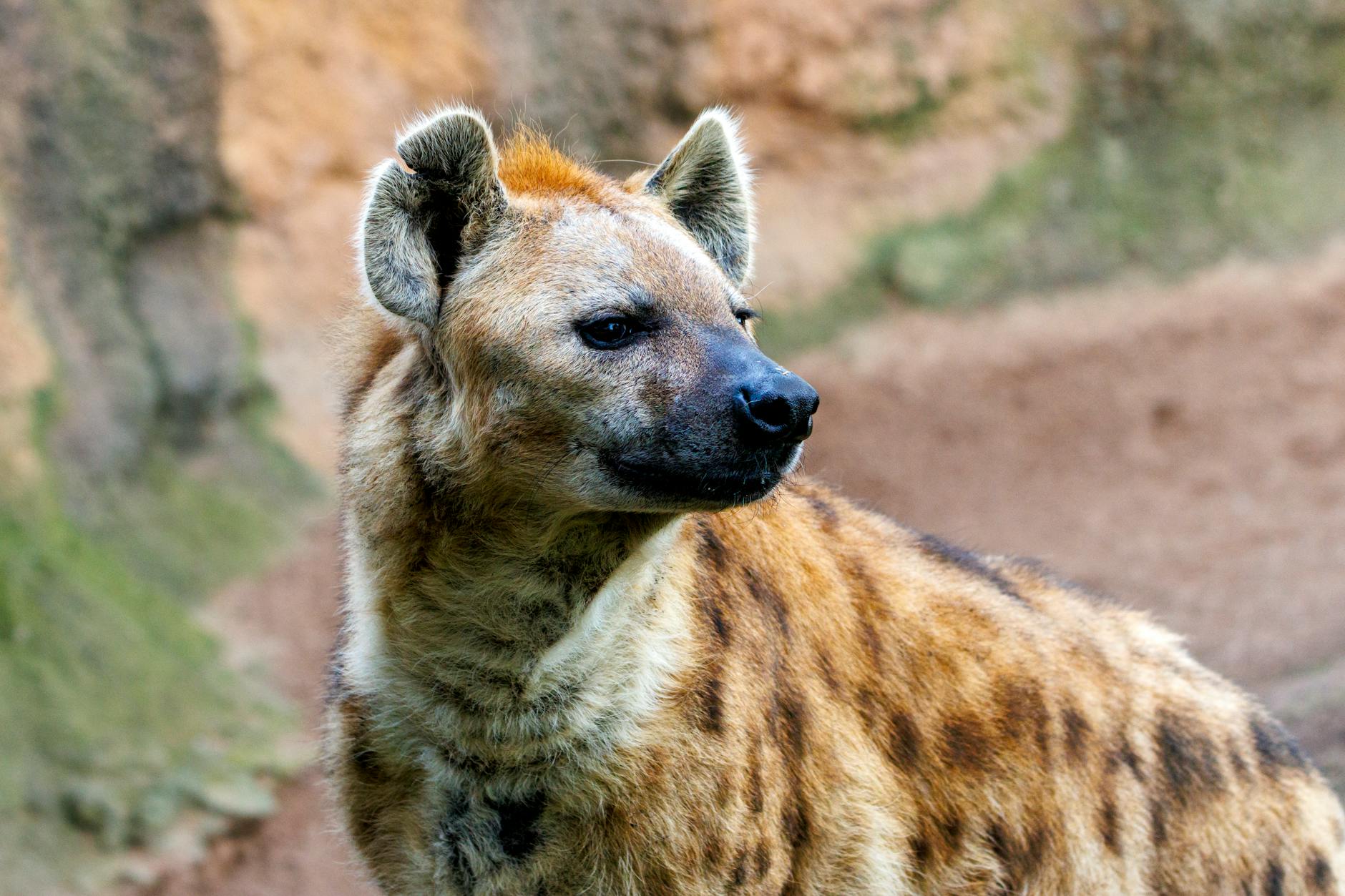
When you picture a hyena, chances are you imagine a cackling scavenger lurking in the shadows of Africa’s savanna. Thanks to pop culture portrayals, hyenas are often cast as the sneaky villains of the animal kingdom. But these fascinating carnivores are far more complex—and impressive—than most people realize.
What Is a Hyena, Anyway?
Despite their dog-like appearance, hyenas are actually more closely related to cats and mongooses. They belong to their own distinct family, Hyaenidae, which includes four species:
- Spotted Hyena (Crocuta crocuta)
- Striped Hyena (Hyaena hyaena)
- Brown Hyena (Parahyaena brunnea)
- Aardwolf (Proteles cristata) — an insect-eating, termite-loving oddball in the group.
The most famous and widely studied is the spotted hyena, found throughout sub-Saharan Africa. These animals are both formidable hunters and effective scavengers, capable of taking down wildebeest or crunching through bones with the strongest bite force of any mammal their size.
Matriarchy and Power Plays
Hyena society flips the script on typical carnivore dynamics. In spotted hyena clans, females dominate, with even the lowest-ranking female outranking the highest-ranking male. Female hyenas are larger, more aggressive, and lead the hunts. They also have unusually high levels of testosterone-like hormones, contributing to their muscular build and bold behavior.
Social hierarchies are strict, and cubs inherit their mother’s rank. Cooperation and competition are constant, making hyena clans a rich subject of behavioral research.
That Laugh Isn’t Funny Business
Hyenas are famously noisy—especially spotted hyenas. Their iconic “laugh” isn’t actually about amusement. These vocalizations serve as communication tools, signaling distress, submission, excitement, or a call for help. Each sound has meaning, and within a clan, individuals can recognize each other by voice alone.
Scavengers? Sure—But Also Super Predators
It’s true hyenas are scavengers, but they’re also incredibly skilled hunters. In fact, in many ecosystems, hyenas do more hunting than lions. Their powerful jaws allow them to devour nearly every part of a carcass—bones, hooves, and all—making them some of nature’s most efficient recyclers.
The Aardwolf: The Gentle Cousin
Not all hyenas are bone-crushing carnivores. The aardwolf, the smallest member of the family, lives off termites—up to 300,000 in a single night. Unlike its relatives, the aardwolf is shy, solitary, and doesn’t have the signature hyena howl or laugh.
Why Hyenas Deserve More Respect
Hyenas are smart, social, and ecologically essential. They help clean up ecosystems, keep herbivore populations in check, and play a crucial role in Africa’s food web. Yet they continue to suffer from bad press and persecution.
Conservation efforts are especially important for species like the brown and striped hyenas, which face habitat loss and human conflict in parts of their range.
So the next time you hear a hyena’s haunting call echo across the savanna, don’t think of cartoon villains. Think of powerful, intelligent animals who live by a complex code—and help keep the wild in balance.
Fun Fact: A spotted hyena can crush a femur in under five minutes and digest it completely thanks to highly acidic stomach juices.
More photos below ↓

















Disclaimer: This blog post is for edutainment purposes only and may not be entirely accurate.






